Cooling-system issues, like radiator sludge, account for nearly 40 percent of engine failures. Clearly, it pays to take care of your vehicle’s cooling system.
Radiator sludge is one of the common symptoms of larger problems. Left unchecked, sludge will plug the radiator, heater core or fluid passages, resulting in overheating and expensive repairs.
What causes radiator sludge and what can you do about it?
- Additives dropping out: Coolant consists of a base (typically ethylene glycol or propylene glycol) mixed with additives and water. The base is primarily responsible for providing freeze and boil-over protection. The additives guard against corrosion, cavitation and scaling. Mixing of incompatible coolants can cause the additives to “drop out” of the solution and form radiator sludge or slime.
- Contaminated coolant: A bad head gasket or cracked cylinder head can allow oil and coolant to mix, resulting in sludge. In vehicles with automatic transmissions, the engine-cooling system also cools the transmission. A breach in the system can contaminate coolant with transmission fluid.
- Corrosion: Occurs when an imbalanced coolant chemically reacts with metallic surfaces, forming reddish deposits that can appear as sludge or slime.
Performing fluid analysis is the only way to definitively identify what’s causing radiator sludge. The report can identify oil, transmission fluid or other contaminants in the coolant.
Fix any mechanical defects and flush the cooling system. Refill with a high-quality antifreeze/coolant.
What kind of coolant should I use?
Let’s start with what kind you should avoid.
You’re no doubt familiar with the conventional “green” coolants found at most retailers due to their low price. The additives in these coolants use inorganic-acid technology (IAT), which relies exclusively on inorganic salts such as nitrites, phosphates and silicates for protection.
Formulating exclusively with inorganic salts has drawbacks. They deplete rather quickly and can lead to scale buildup and sludge if maintenance is neglected.
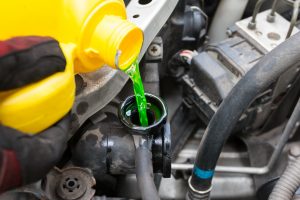
For these reasons, most vehicle manufacturers have moved away from these coolants.
And so should you.
One solution is to formulate the coolant using organic-acid technology (OAT).
These coolants don’t contain phosphates, silicates and other inorganic salts, virtually eliminating problems associated with conventional green coolants.
They also last longer, which makes everyone happier.
Finally, we have hybrid organic acid technology (HOAT). These coolants rely heavily on organic acids, but strategically use some inorganic salts to take advantage of their protective properties.
A properly formulated HOAT coolant delivers long service life and excellent protection. Think of it as a belt-and-suspenders approach to protection.
Whichever coolant you use, it’s best to flush the system about every five years to maintain its health.
AMSOIL Antifreeze/Coolants
AMSOIL offers three coolants, all of which offer excellent protection against radiator sludge and corrosion.
AMSOIL Passenger Car & Light Truck Antifreeze & Coolant features an OAT formulation that eliminates additive drop-out, scaling and other issues inherent to conventional coolants.
It’s pre-mixed 50/50 with high-quality water and is compatible with all ethylene and propylene coolant colors.
AMSOIL Heavy-Duty Antifreeze & Coolant features a HOAT formulation that delivers excellent protection against overheating and corrosion for up to 1 million miles (1,609,344 km), 20,000 hours or 8 years, whichever comes first.
And, it doesn’t require the hassle of adding supplemental coolant additives (SCA).
AMSOIL Low Toxicity Antifreeze and Engine Coolant is a 100-percent concentrated polyglycol formulation for situations that call for a low-toxicity product.
Its HOAT formulation delivers excellent protection for up to 150,000 miles (241,000 km) or 5 years, whichever comes first, in passenger cars and light trucks.
In heavy-duty applications, it lasts 1 million miles (1,609,344 km), 20,000 hours or 8 years, whichever comes first. It’s compatible with all ethylene and propylene coolant colors.
Updated. Originally published Aug. 24, 2018.
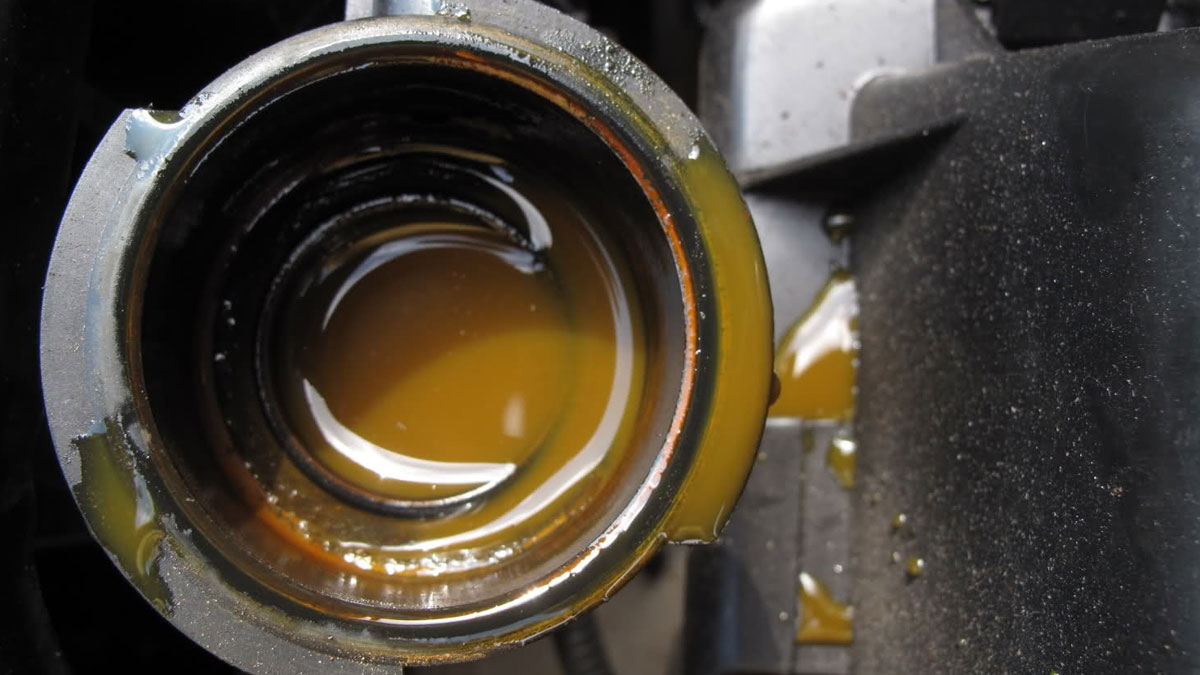
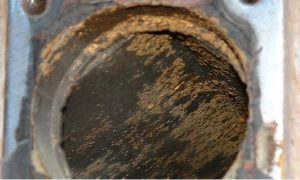
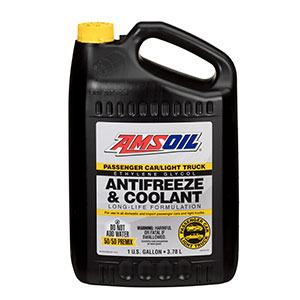
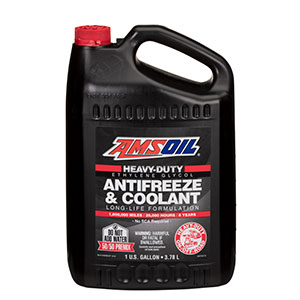
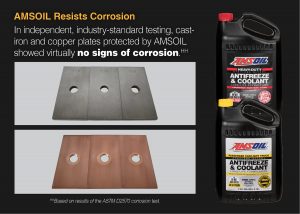
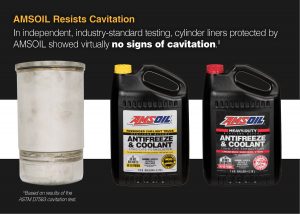
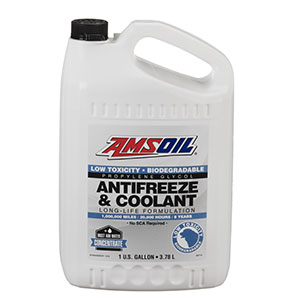


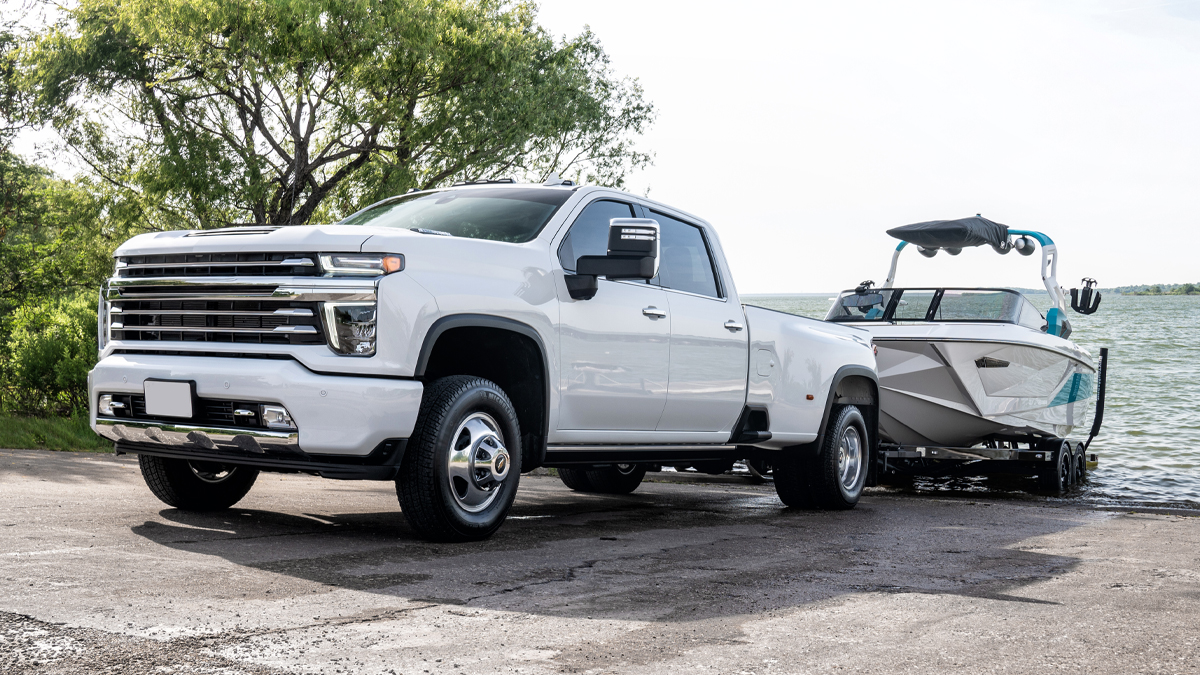
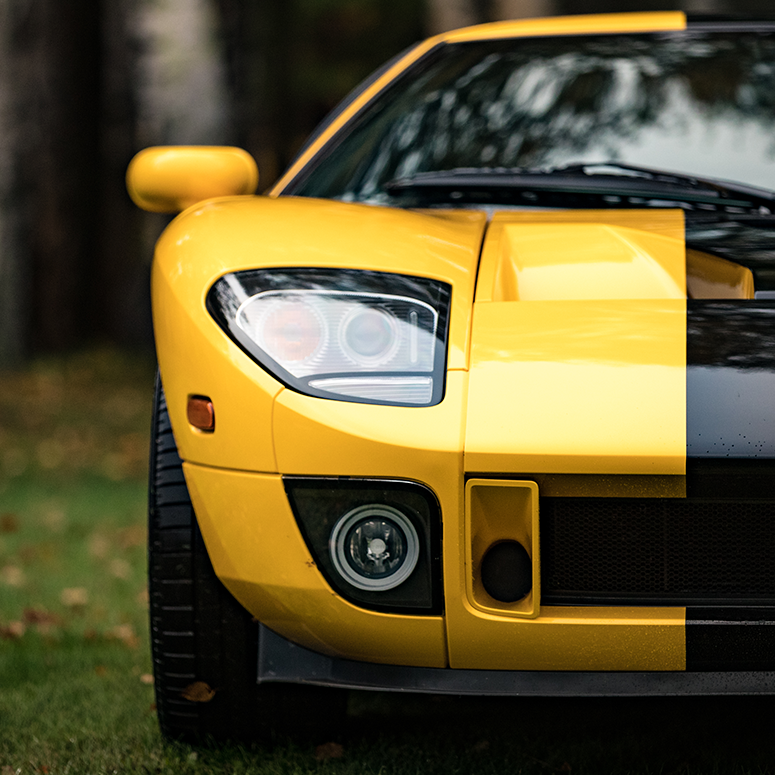
Comments
Share: